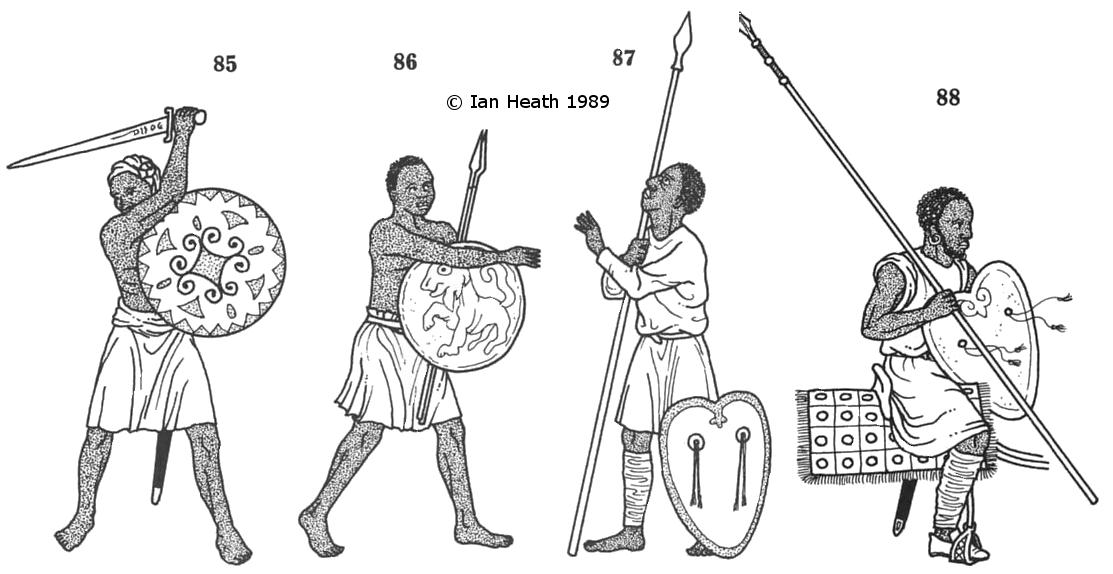
Register a SNAP EBT card with Amazon
NEGRO SOLDIERS, 12th-13th CENTURIES
An extract from Armies of Feudal Europe 1066-1300by Ian Heath
 | |||
| [Based on the Mosaic from the church of S. Maria Maggiore, Vercelli] | [Based on Capitals of Monreale Cathedral, Palermo, Sicily, 1174 to 1182 AD] | [Based on Cantiga 46] | [Based on Cantiga 63 & Cantiga 99] |
